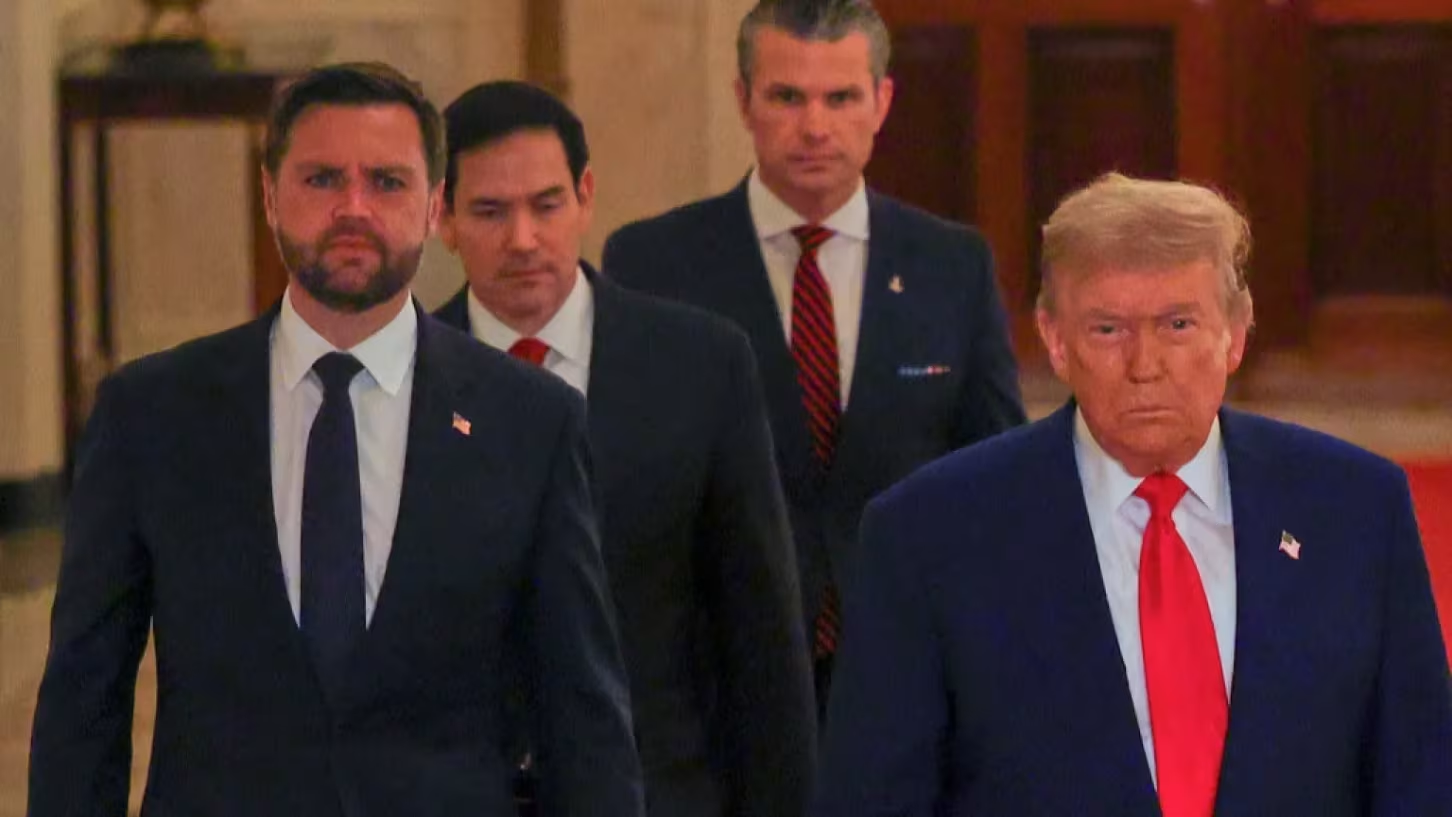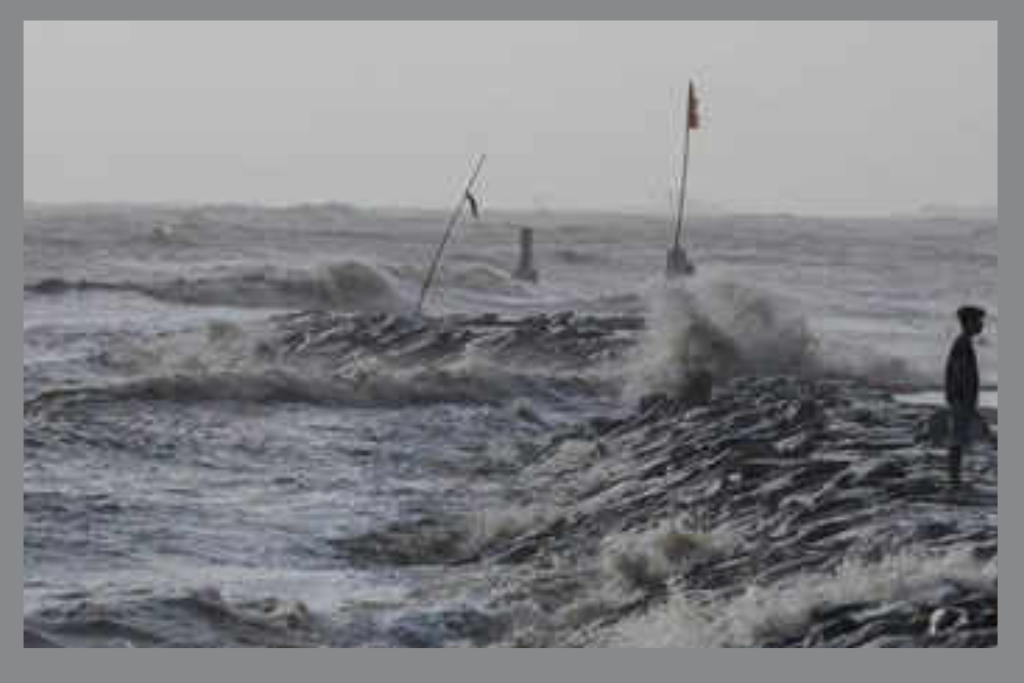In a dramatic turn of events on June 24, 2025, Trump announced a ceasefire. There was no confirmation from Israel, but Iran grabbed global attention as former U.S. President Donald Trump claimed to have brokered a “complete and total” ceasefire between Israel and Iran. The announcement came amid escalating tensions following a fierce 12-day naval trade that drew statements from world leaders. Yet, as of now, neither Israel nor Iran has officially shown the agreement, elevating important questions about its legitimacy and sustainability.
Trump announces ceasefire, no confirmation from Israel, Iran – What we know so far.
On June 23, Trump took to his social media platform to declare that Israel and Iran had agreed to a ceasefire set to commence in the coming hours. He hailed the end of what he called the “12-Day War,” expressing hope for a lasting peace, “unlimited” in duration.
- Trump’s official words: “On the assumption that everything works as it should… I congratulate both countries… on having the stamina, courage, and intelligence to end…the 12‑day war”.
- Glimmers of hope: A senior White House official confirmed that Trump contacted Israeli Prime Minister Netanyahu. At the same time, U.S. envoys reportedly engaged with Tehran to shape the deal, with contingencies based on Iran halting further missile strikes.
The Ground Reality: No Official Confirmation Yet
Despite Trump’s strong statement, both nations are remaining tight-lipped:
Iran’s stance: Foreign Minister Abbas Araghchi indicated Tehran would cease retaliatory missile and drone operations if Israel stops what he terms “illegal aggression” by 4 a.m. Tehran time on June 24.
Israel’s silence: There has been no official confirmation from the Israeli government or military. Missiles were still stated to be landing close to Tel Aviv and Beersheba, with evacuation warnings issued in Iran, suggesting persistent hostilities.
Ceasefire Mechanics: A Phased Approach
Multiple news outlets highlight that, according to Trump, the ceasefire would be phased in over 24 hours.
Iran’s 4 a.m. unilateral pause would be followed by a broader cessation of Israeli operations in the hours that followed. This staged implementation aims to prevent a sudden collapse in communication and escalation.
Suggested triggers:
1. Iran halts retaliatory missile strikes at 4 a.m. Tehran time.
2. Israel follows with a pause on offensive operations, contingent on Iranian restraint.
3. Diplomatic channels, including Qatar and U.S. envoys, continue mediation efforts.
Qatar’s Prime Minister is said to have played a role by securing Iran’s agreement on the phone.
What Sparked the “12-Day War”?
Understanding how the conflict spiraled into widespread strikes is essential:
Initial Israeli strike: On June 13, Israel launched airstrikes against Iranian military and nuclear sites—including Evin prison and Fordow enrichment facilities—without formal provocation. Iranian forces say these were preemptive.
Iran’s reprisal: Tehran responded with loads of ballistic missiles aimed toward Israeli territory and, appreciably, at Al Udeid Air Base in Qatar, though all missiles have been intercepted.
U.S. Involvement escalates: The Trump administration joined in with big strikes on Iranian nuclear sites—the usage of B‑2 bombers and bunker-buster ordnance—then confronted a speedy Iranian missile assault focused on U.S. Forces, reinforcing the danger of regional escalation.
Reactions from Major Actors
Iranian Foreign Minister Abbas Araghchi: He stressed that Iran had no intention to continue military actions beyond the 4 a.m. threshold, provided Israel also stands down.
Israeli officials opted for caution: public evacuation notices and missile alerts suggest they are monitoring the situation closely, without committing to or rejecting Trump’s claims.
International community: Qatar, the U.S., and regional envoys are actively involved in brokering a standoff-mediated peace. Qatar reportedly coordinated directly with Tehran, while U.S. envoys facilitated discussions.
Why the Ceasefire’s Legitimacy Is in Question
No official endorsement: With neither belligerent party publicly acknowledging the deal, the announcement rests primarily on Trump’s platform.
Hostilities continue: Reports of ongoing missile exchanges underscore a fragile ceasefire.
Phased timing complexity: If one side fails to adhere to the timeline—especially if Iranian or Israeli strikes resume—the ceasefire could quickly unravel.
A Reuters summary put it bluntly: “U.S. President … said ‘complete and total’ ceasefire… But there was no confirmation from Israel… and Iranian military launched two volleys of missiles toward Israel”.
Broader Implications & Outlook
- Geo‑strategic relief: Markets reacted positively—U.S. S&P futures and crude prices suggested calm might be returning.
- Diplomatic door opening: If effective, the ceasefire could pave the way for renewed negotiations on Iran’s nuclear ambitions and a more enduring peace.
Fragile ceasefire dynamics:
Trust deficit: No independent monitors are overseeing the implementation.
Tactical haziness: Staged withdrawal adds complexity, increasing the risk of missteps.
Regional flare‑ups: Neighboring countries and non-state actors could exploit any breach.
Key Takeaway
Trump’s announcement of a “complete and total” ceasefire between Israel and Iran may mark the start of a much-needed de-escalation, but it’s currently unverified and unstable, as neither country has formally endorsed it. Ballistic strikes are still being launched, and only a tangible pause will demonstrate if the ceasefire is substantive or mere rhetoric.
What to Watch Next
Confirmation from Israel: Official statements from Netanyahu’s government or the IDF might lend credibility.
Ceasefire compliance: Any resumed missile launches from either side could nullify the settlement.
Diplomatic observation: Talks regarding Qatar, the U.S., and probably the UN will decide whether this will become a brief pause or lead to lasting negotiations.



